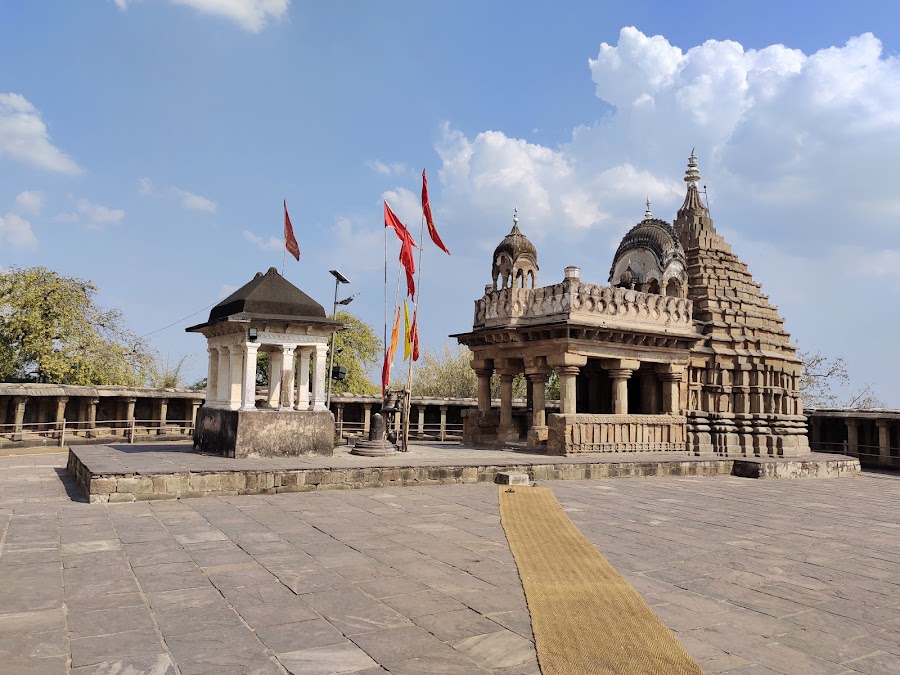
Chausath Yogini Temple
Jabalpur, India
- Admire the intricately carved Yogini statues.
- Enjoy panoramic views of Narmada River.
- Experience the temple's spiritual atmosphere.
- Explore the temple's circular architecture.
- Learn about the Yoginis' mythology.
- Photography of the ancient sculptures.
Known for:
Description:
The Chausath Yogini Temple in Jabalpur is a captivating ancient shrine dedicated to the 64 Yoginis, who are considered powerful manifestations of the Goddess Durga. Perched atop a hill, the circular temple offers panoramic views of the surrounding landscape, including the Narmada River. Its unique architectural design, featuring intricately carved statues of the Yoginis, makes it a significant historical and religious site. Visitors can explore the temple's serene atmosphere, admire the ancient sculptures, and learn about the fascinating mythology associated with the Yoginis. The temple provides a glimpse into India's rich cultural heritage and spiritual traditions, making it a must-visit destination for history buffs and spiritual seekers alike. The climb to the top is worth it for the views and the unique experience.
History:
Constructed in the 10th century by the Kalchuri dynasty, the Chausath Yogini Temple stands as a testament to the region's rich historical past. The temple's circular design, a rare architectural style, is believed to have been inspired by tantric practices prevalent during that era. The 64 Yoginis, each depicted in their unique form, were considered powerful goddesses with both benevolent and fierce aspects. Over the centuries, the temple has witnessed various historical events and cultural shifts, yet it has managed to preserve its ancient charm. Although some of the original statues have been lost or damaged, the temple continues to be a significant pilgrimage site and a reminder of the region's artistic and religious heritage. Its enduring presence serves as a window into the beliefs and practices of a bygone era.